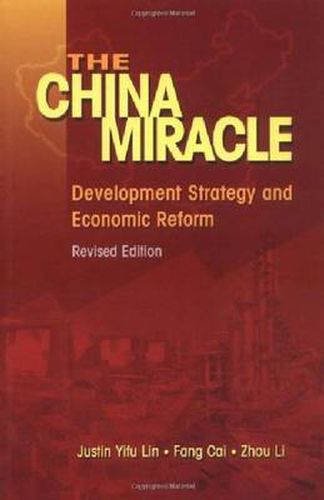Readings Newsletter
Become a Readings Member to make your shopping experience even easier.
Sign in or sign up for free!
You’re not far away from qualifying for FREE standard shipping within Australia
You’ve qualified for FREE standard shipping within Australia
The cart is loading…






The tremendous success of China’s economic reform, in contrast with the vast difficulties encountered by the former Soviet Union and Eastern European countries in their transition, has attracted worldwide attention. Using a historical, comparative and analytic approach grounded in mainstream economics, the authors develop a consistent and rational framework of state-owned enterprises and individual agents to analyze the internal logic of the traditional Chinese planning system. They also explain why the Chinese economy grew slowly before the market-oriented reform in 1979 but became one of the fastest growing economies afterwards, and why the vigor/chaos cycle became part of China’s reform process. The book also addresses the questions: Can China continue its trend of reform and development and become the largest economy in the world in the early twenty-first century? What are the general implications of China’s experience of development and reform for other developing and transition economies? In this revised edition, the authors update the data and information in the book and include a new chapter on the impact of China’s WTO accession on its reform.
$9.00 standard shipping within Australia
FREE standard shipping within Australia for orders over $100.00
Express & International shipping calculated at checkout
The tremendous success of China’s economic reform, in contrast with the vast difficulties encountered by the former Soviet Union and Eastern European countries in their transition, has attracted worldwide attention. Using a historical, comparative and analytic approach grounded in mainstream economics, the authors develop a consistent and rational framework of state-owned enterprises and individual agents to analyze the internal logic of the traditional Chinese planning system. They also explain why the Chinese economy grew slowly before the market-oriented reform in 1979 but became one of the fastest growing economies afterwards, and why the vigor/chaos cycle became part of China’s reform process. The book also addresses the questions: Can China continue its trend of reform and development and become the largest economy in the world in the early twenty-first century? What are the general implications of China’s experience of development and reform for other developing and transition economies? In this revised edition, the authors update the data and information in the book and include a new chapter on the impact of China’s WTO accession on its reform.